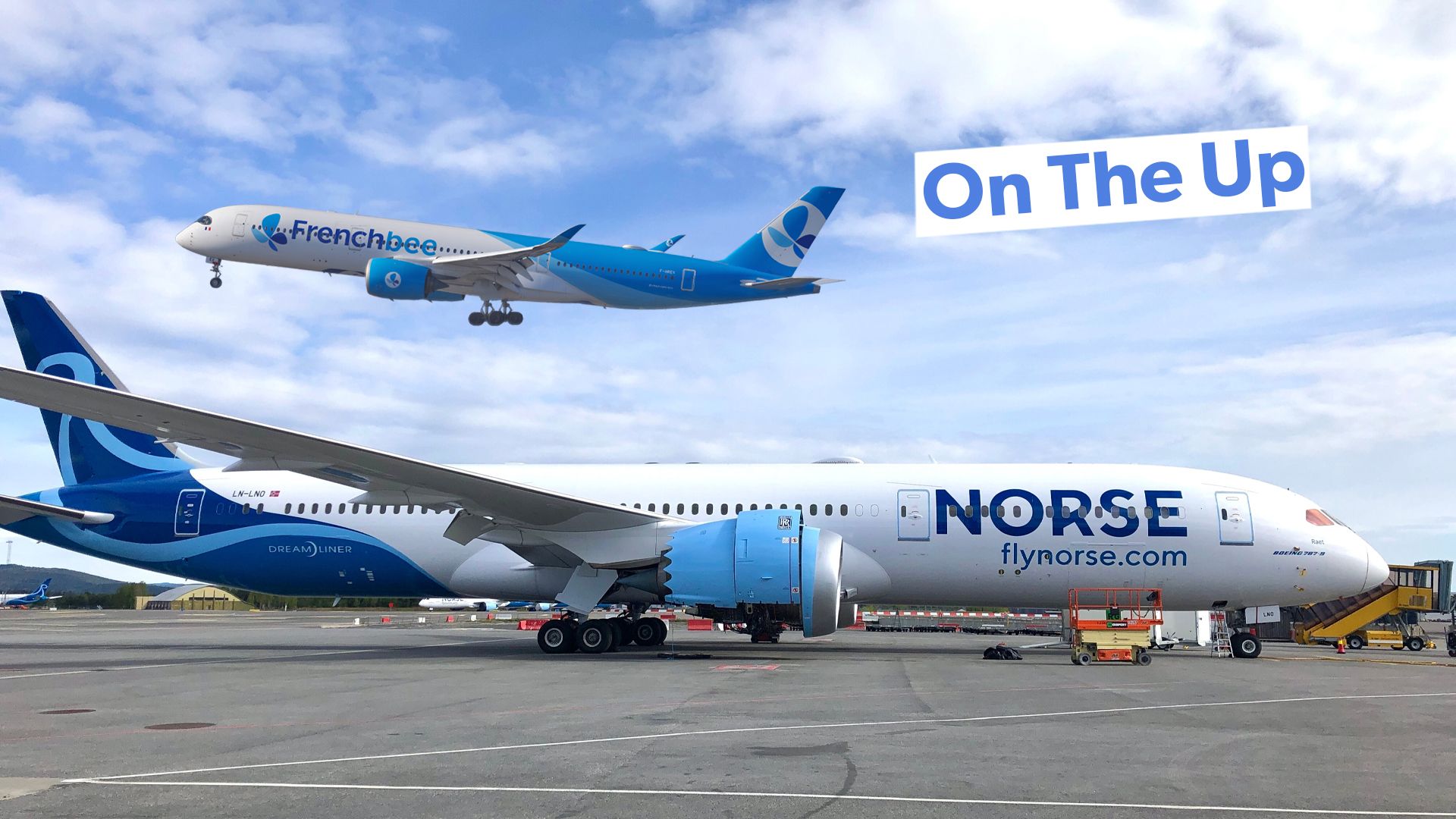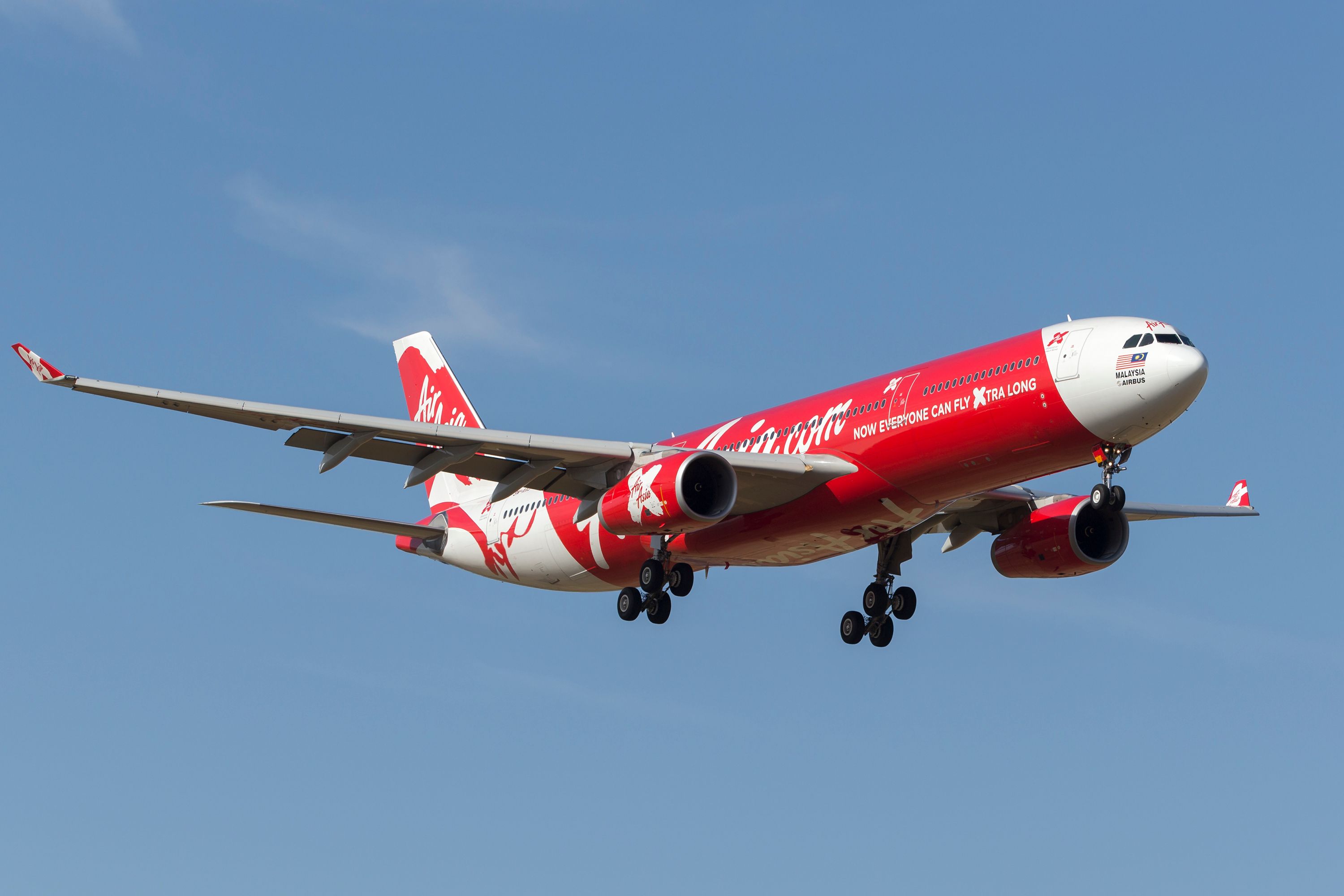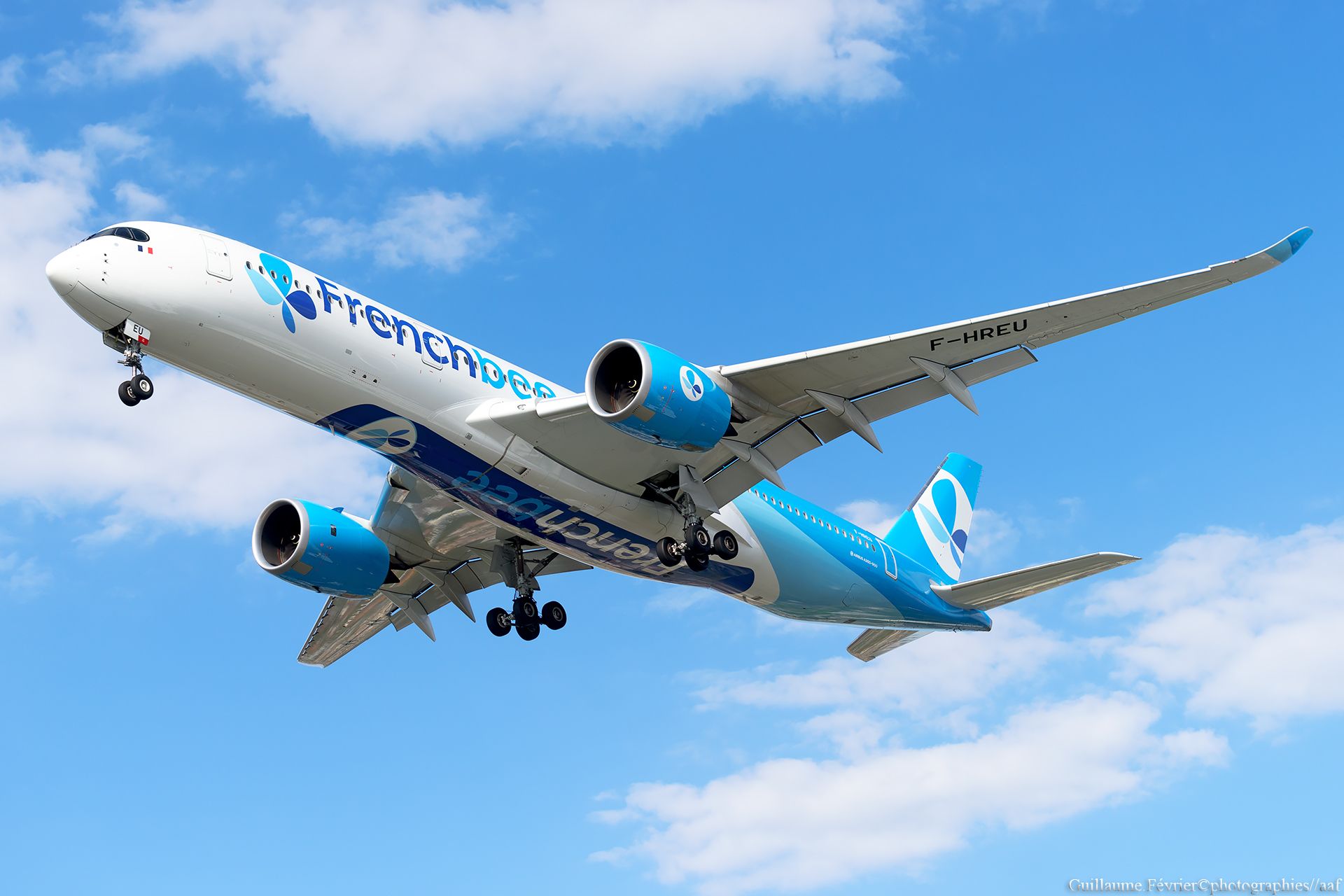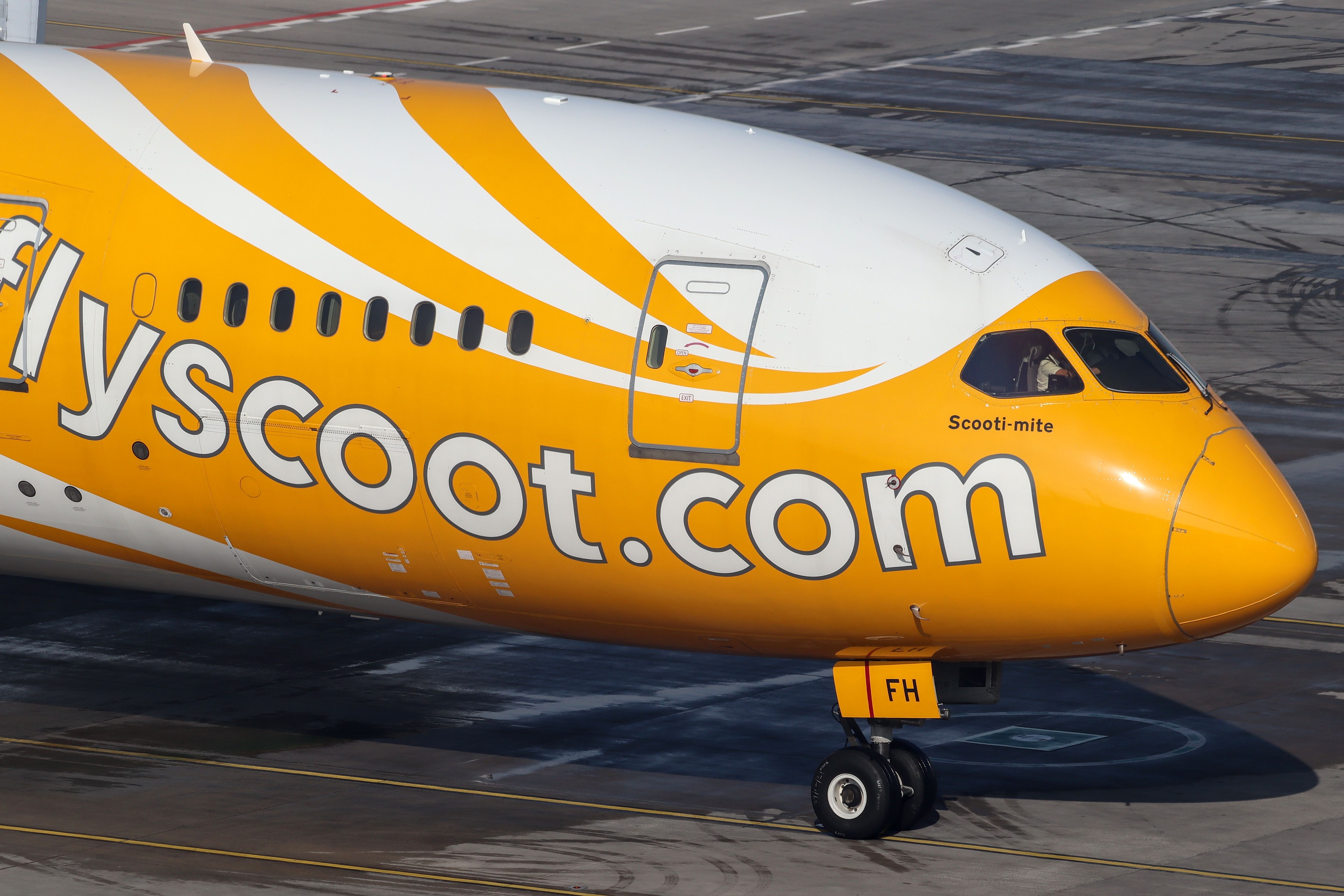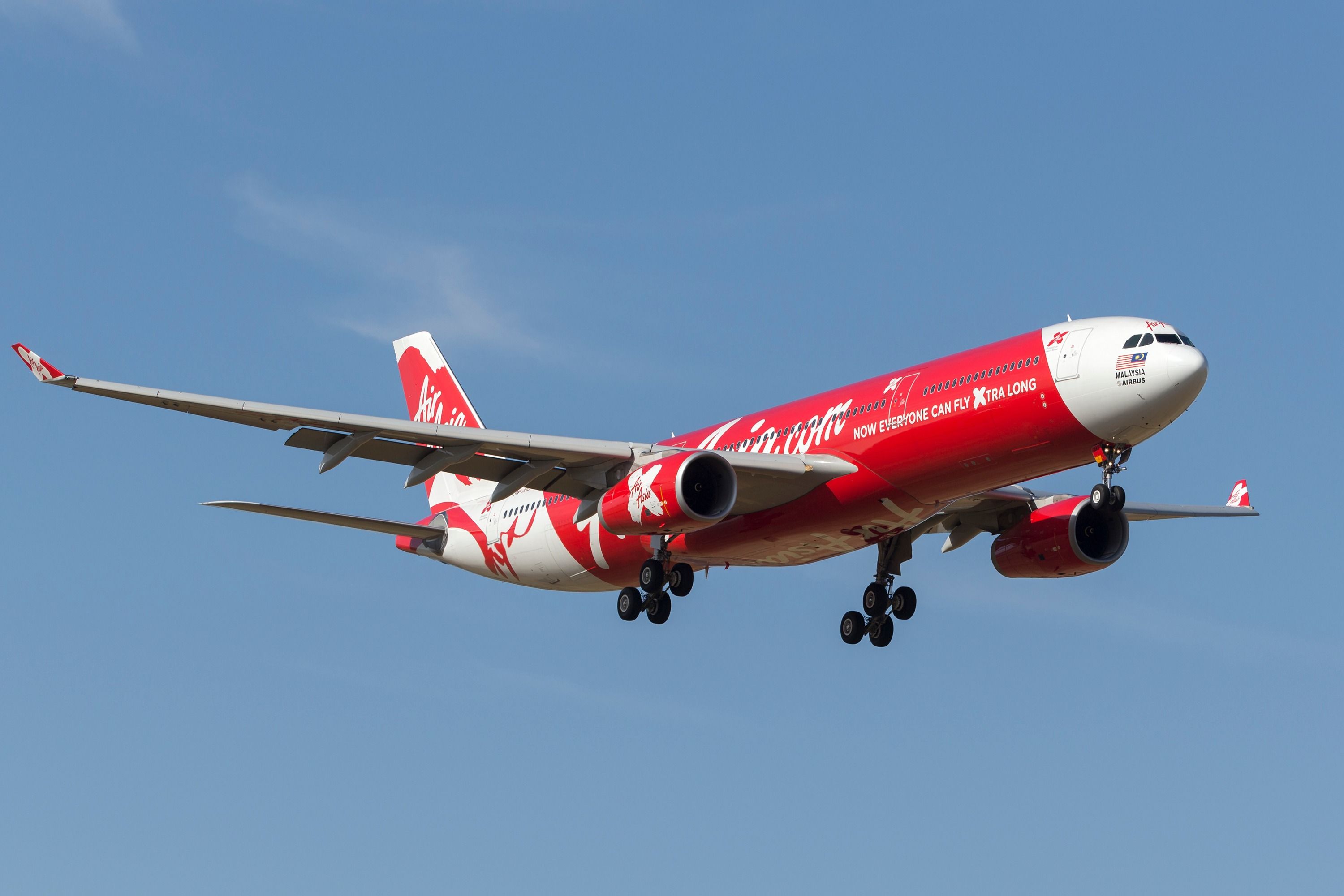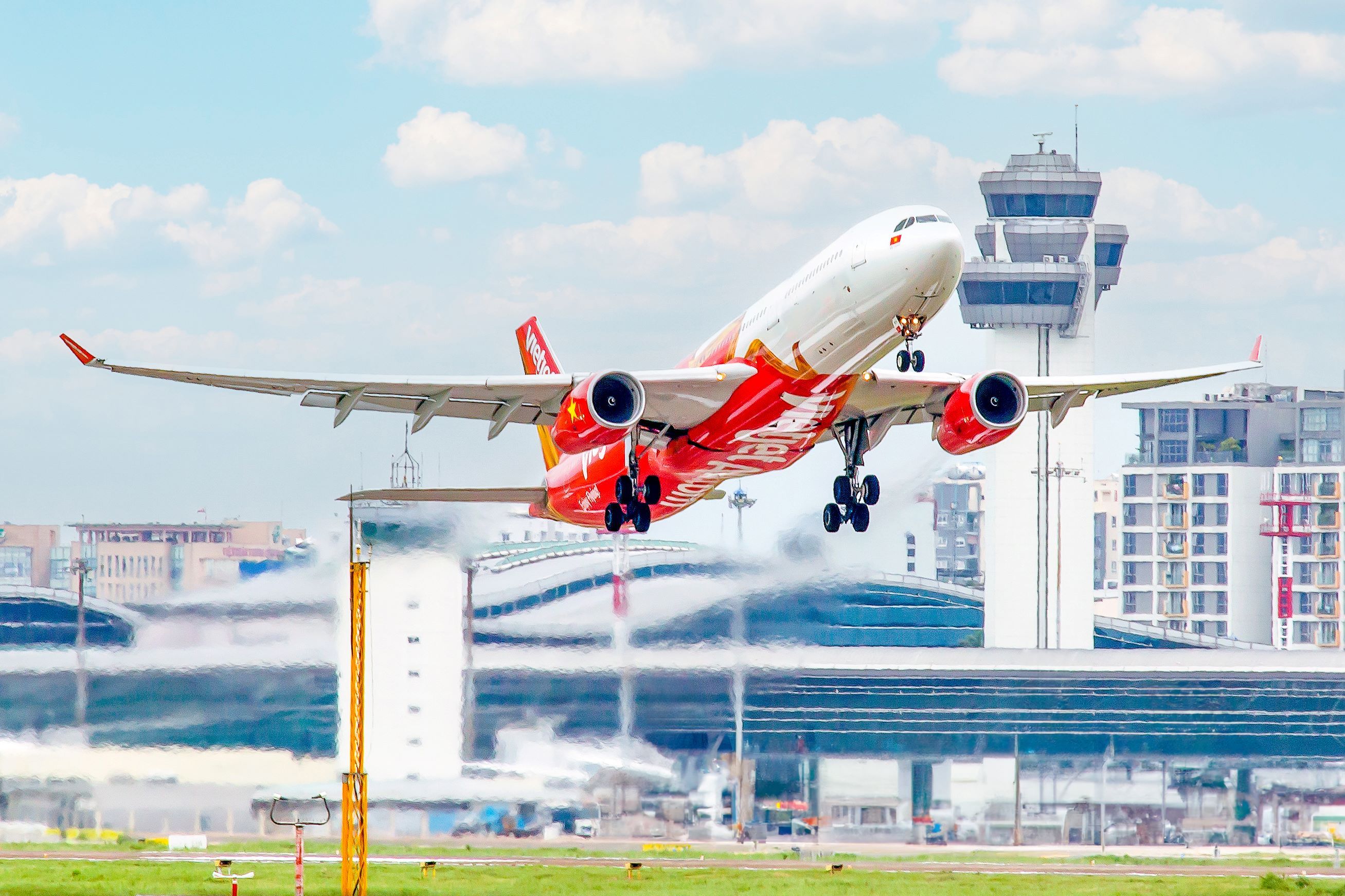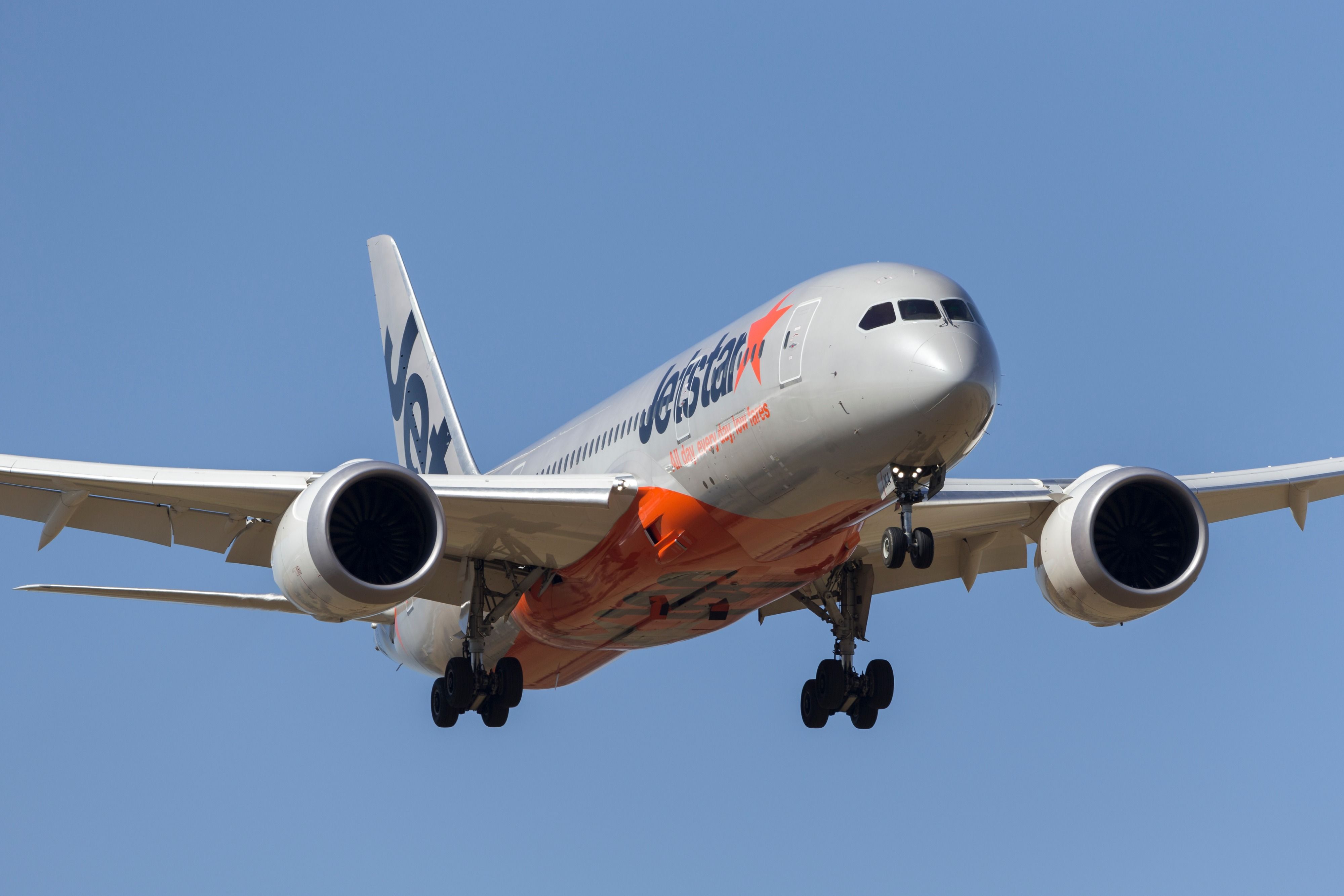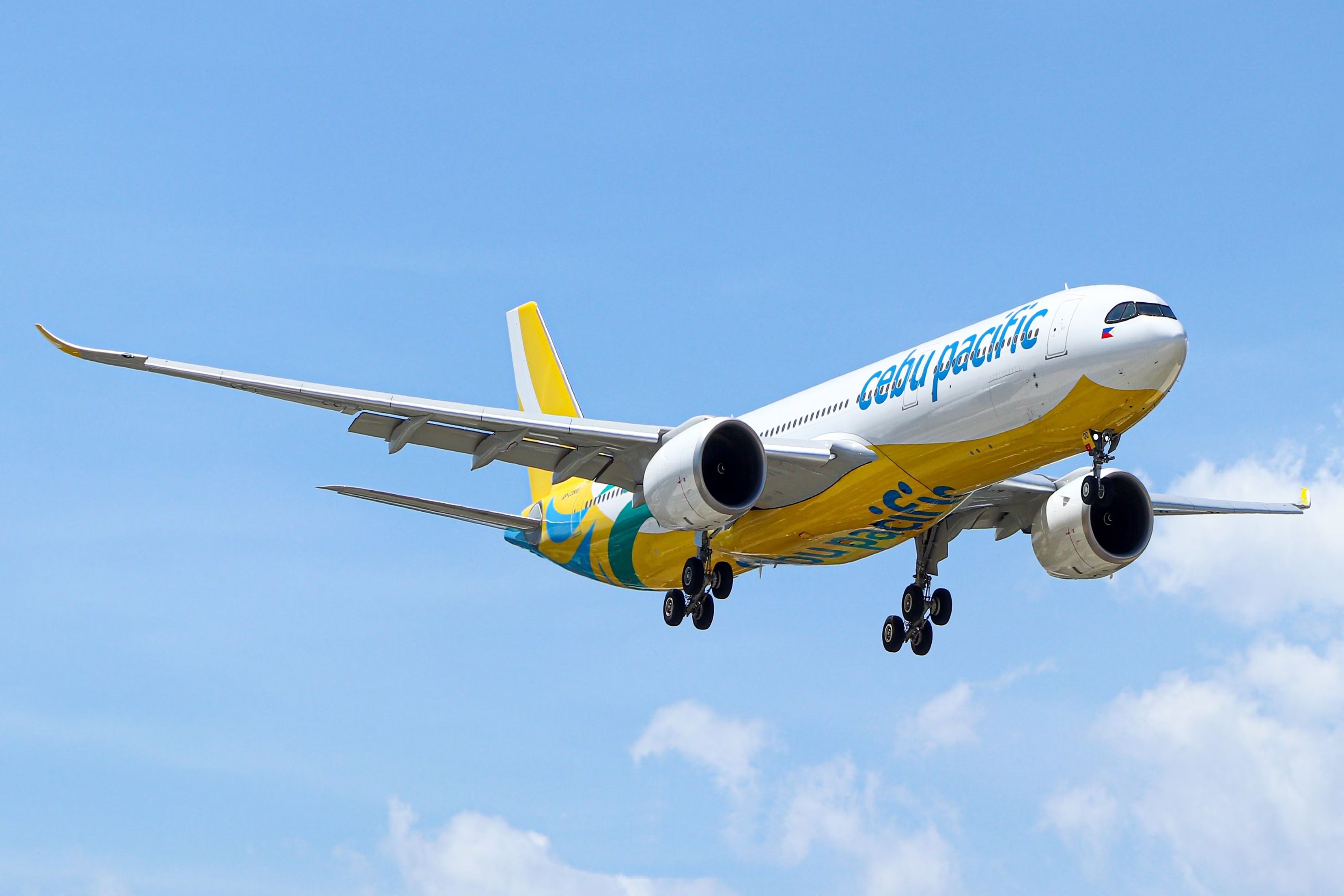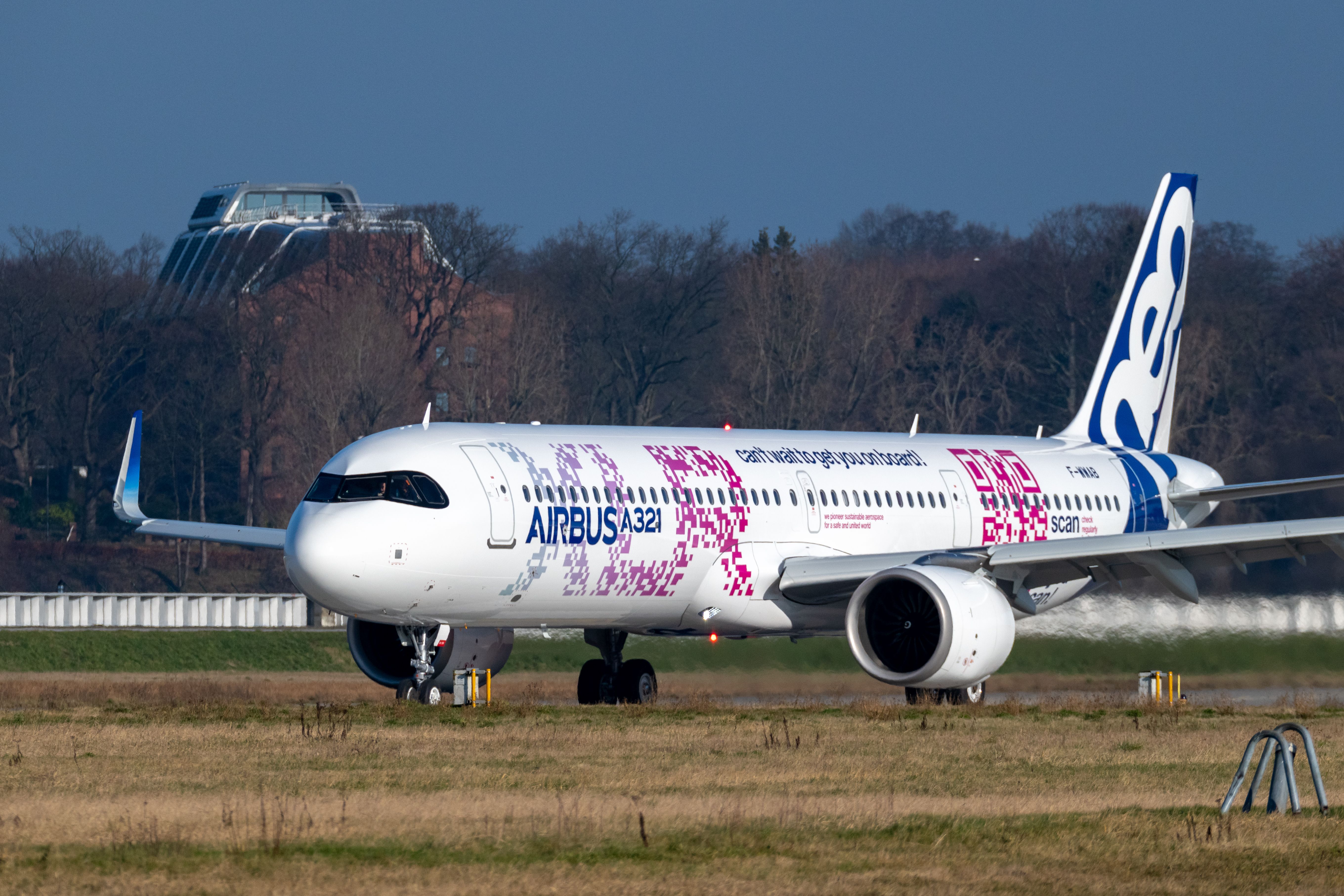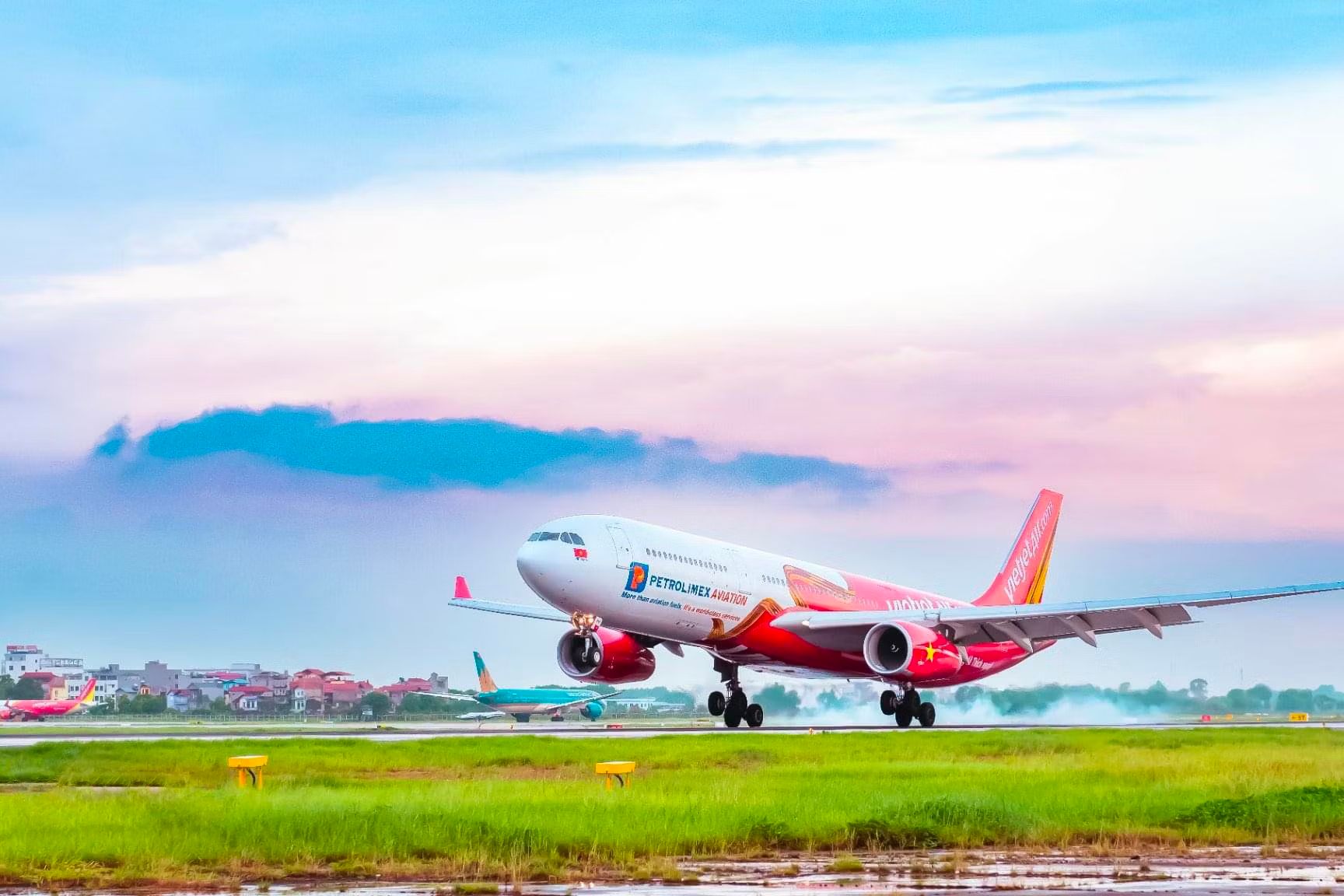Not long ago, amidst all the uncertainty of the pandemic, there seemed to be one irrefutable certainty in commercial aviation: The business model of long-haul low-cost carriers (LHLCCs) was doomed to fail.
Experts were lining up to read the last rites (Forbes, VIEW FROM THE WING, Aviation Outlook, and meadowend, as examples), and who could blame them? After the spectacular collapse of Norwegian in early 2021, and before that, WOW, Primera, Tower Air, and all the way back to the godfather of low-cost long-haul, Laker Airways, it certainly seemed like an idea long on promise but short on success.
What were the experts saying?
The primary criticism of LHLCCs was that they would never be profitable because they couldn’t successfully replicate the model of short-haul LCCs. With tightly packed narrowbodies flying multiple sectors daily on rapid turnarounds, LCCs operate a volume-based model with costs reduced to the bare minimum.
For long-haul, even the most efficient widebodies couldn’t match the volumes, and airlines encountered all sorts of immovable costs associated with large aircraft flying into big airports against huge competitors.
Photo: Ryan Fletcher | Shutterstock
Perhaps the fiercest critic was one of the most successful at the LCC model, the outspoken CEO of Ryanair, Michael O’Leary. Back in 2020, he said:
“Fundamentally, I’ve never been a believer in long-haul, low-cost. The problem is that long-haul is a different business. Short-haul is commoditized; as long as it’s safe, punctual, and on time, it works. The lowest cost will win. Whereas long-haul is a different model. Stripping it down to 25-minute turnarounds or the basic add-on philosophy is never going to work on long-haul.
But then, as the pandemic faded, demand for air travel surged, and a strange thing happened. While business travelers were slower to return, leisure travelers, eager to escape their lockdowns, were looking for bargain flights to faraway places.
Suddenly, the LHLCCs were reporting massive increases in load factors and, yes, even profits. But where and why is this unexpected resurgence happening?
Photo: French bee
The LHLCC resurgence in Asia-Pacific
The biggest resurgence in the LHLCC model is happening in Asia-Pacific, specifically in the Southeast Asia, Transpacific, and Oceania markets.
The flights are long enough, passengers are numerous enough, and load factors are consistent enough for a budget long-haul airline to make money. Several rising stars in the region have all returned to profitability after the pandemic:
Scoot
A subsidiary of Singapore Airlines, Scoot recently received the Skytrax award for World’s Best Long Haul Low-Cost Airline for the fourth year in a row. Scoot is relatively mature at 12 years old, with 21 Boeing 787 widebodies (and 29 A320 family aircraft) serving over 70 destinations.
Financial Status: Profitable. In its FY2023 financials, it surged back to profitability with a 27% increase in passenger traffic and load factors exceeding 90%.
Photo: ThaKlein | Shutterstock
AirAsia X
The long-haul sister company of AirAsia has three Asian hubs: Kuala Lumpur, Bangkok, and Denpasar in Bali. It serves 29 destinations and operates a fleet of A330-300s, with further orders for A330-900s and A321XLRs to continue its growth.
Financial Status: Profitable for 8 consecutive quarters. Its mid-year 2024 results showed a 90% increase in passenger volume and a 66% increase in revenue.
Photo: Ryan Fletcher | Shutterstock
Vietjet
The fast-growing Vietnamese carrier serves over 100 routes across 13 countries and recently bet big on the LHLCC model, ordering 20 new A330-900s earlier this year. Like Scoot and AirAsia X, it uses its short-haul LCC model within SE Asia to fuel its LHLCC growth.
Financial Status: Profitable. The airline surpassed 2019 passenger levels and exceeded its full-year profit targets within the first half of 2024 after a 690% profit surge.
Photo: Vietjet
Jetstar
Qantas-owned Jetstar also has subsidiaries in Singapore and Japan and operates a fleet of B787s across the Asia-Pacific region and as far afield as Hawaii. It plans a 24% increase in international capacity over the next year, with expansion to high-volume markets like South Korea and Japan.
Financial Status: Jetstar booked $500 million in earnings in the 2023-24 financial year, with international revenue increasing 30% year-over-year.
Photo: Ryan Fletcher | Shutterstock
Cebu Pacific
Launched in 1988 as Asia’s first low-cost carrier (LCC), the Filipino airline is famous for its 459-seat all-economy Airbus A330-900s and the wide range of add-ons you can attach to its basic fares. The carrier flies across the Asia-Pacific region and as far afield as the larger airports of the Middle East.
Financial Status: The airline returned to profitability in 2023, driven by solid growth in ancillary revenues, and operating profits increased a further 44% in the first half of 2024.
The new entrants to the market
Several new market entrants in the region are challenging the well-established LHLCCs above. From Japan, Zipair (owned by Japan Airlines) and AirJapan (owned by ANA) are co-opting their parent’s B787s and rapidly expanding budget services across the region and to North America.
Zipair was profitable in its first year of operation. Meanwhile, in Korea, Air Premia will have 10 B787s flying as far afield as Europe by the end of the year and just returned its first profit since its creation in 2021. Similarly, T’way Air returned a healthy profit in 2023 and plans to expand its A330 services to Europe to attain its $1.4 billion revenue target for 2024.
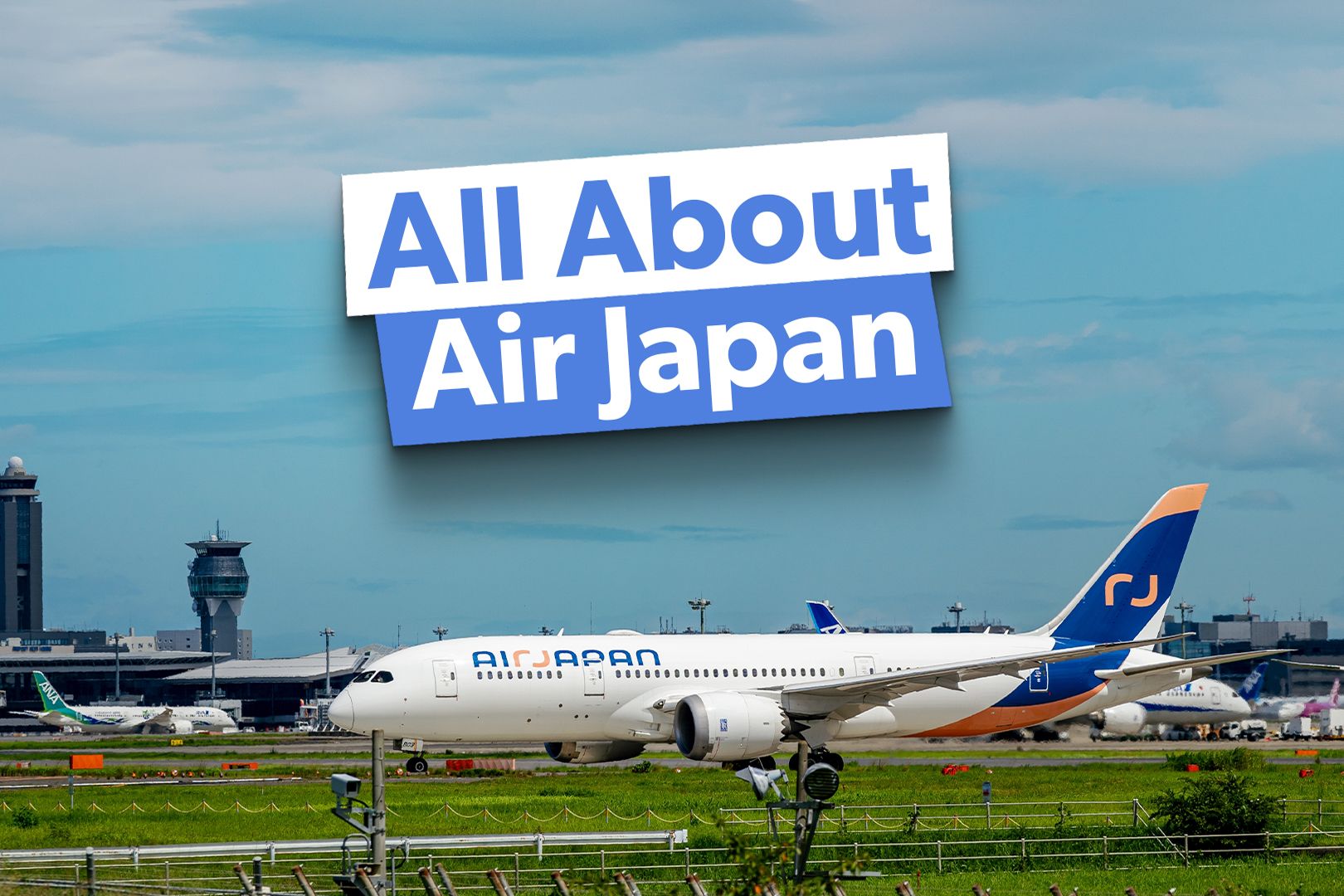
Related
AirJapan: Everything You Need To Know About ANA’s Low-Cost Subsidiary Airline
AirJapan is the latest carrier to enter the crowded market of Asian long-haul LCCs
The LHLCC recovery in Europe
While Asia-Pacific is having an LHLCC resurgence, Europe is experiencing more of a recovery with its LHLCC carriers:
- Norse Atlantic: The reincarnation of Norwegian is expanding more prudently than its forerunner and has seen strong revenue growth in 2024. It targets attaining profitability in 2024 based on cost reductions and route prioritization, but we have heard that promise from its owners before.
- LEVEL: Its owner, International Airlines Group (IAG), has reported modest profits for the airline and announced planned expansions of its current fleet of seven A330-200s
- Discover Airlines: The airline has rapidly become profitable after its rebranding just over a year ago due to its integration into the Lufthansa Group’s network and structures.
- French bee: The French LHLCC maintains that it is profitable and is expanding its transatlantic services by adding Canada as a destination next year.
The challenge for the European LHLCCs, as Laker Airways found out nearly half a century ago, is that transatlantic routes are far more challenging to compete on with a budget model.
Legacy carriers are well-entrenched and have strong domestic feeder services, global alliance partners, and a higher mix of business travelers. It is not as easy for a transatlantic LHLCC to achieve the same sort of load factors as their Asia-Pacific counterparts.
Photo: Airbus
However, this is about to change. Recent forays by WestJet and JetBlue from the other side of the Atlantic have indicated that a more hybrid model might come into play: Long-haul routes with long-range, high-capacity narrowbodies.
The Airbus A321LR/XLR family can carry more than 200 passengers on routes of 4,000-4,700 nautical miles, which is plenty of range to connect nearly every European-North American city pair. Wizz Air is already planning 7+ hour routes with 239 passengers, and with almost two-thirds of the orders for the A321XLR coming from European and North American carriers, it will be interesting to see how this impacts the LHLCCs market for transatlantic flights.
The drivers of the LHLCC resurgence
There are some strong commonalities between the LHLCCs that have experienced a post-pandemic resurgence, which point towards the success factors required for the business model going forward:
- Right-sized aircraft: The B787 and A330neo have emerged as the ‘Goldilocks’ solution for LHLCCs, not too big, not too small, allowing for high load factors with some of the most efficient economics available.
- A strong parent: Acquiring those aircraft is costly, and as Norwegian showed, creates crippling debt. Transferring capacity from a parent, as Scoot, Zipair, AirJapan, and LEVEL have done removes much of that risk and accelerates profitability.
- Strong LCC feeder network: The most successful LHLCCs, such as AirAsia X, Jetstar, and Vietjet, have shown that the long-haul model benefits immensely from having a solid short-haul LCC feeder network.
- Route prioritization: A focus on routes with year-round leisure travel and a high proportion of cost-conscious travelers have allowed carriers like Scoot to attain load factors north of 90%, overcoming the biggest challenge to LHLCCs.
- Premium seating: While the short-haul LCC model is almost always all-economy, the most successful LHLCCs offer premium cabins, often nothing more than a premium economy product, but enough to drive increased revenue and tap into legacy carrier market share.
- Multiply revenue with ancillaries: Cebu Pacific has delivered revenue and profit growth percentages that have exceeded passenger growth through ancillary revenues, which now comprise 28% of its income.
Photo: Vietjet
The LHLCC model is undoubtedly maturing and delivering profitable returns, and new market entrants are lining up. Stay tuned to Simple Flying as we keep you updated on all the developments in this exciting commercial aviation segment.
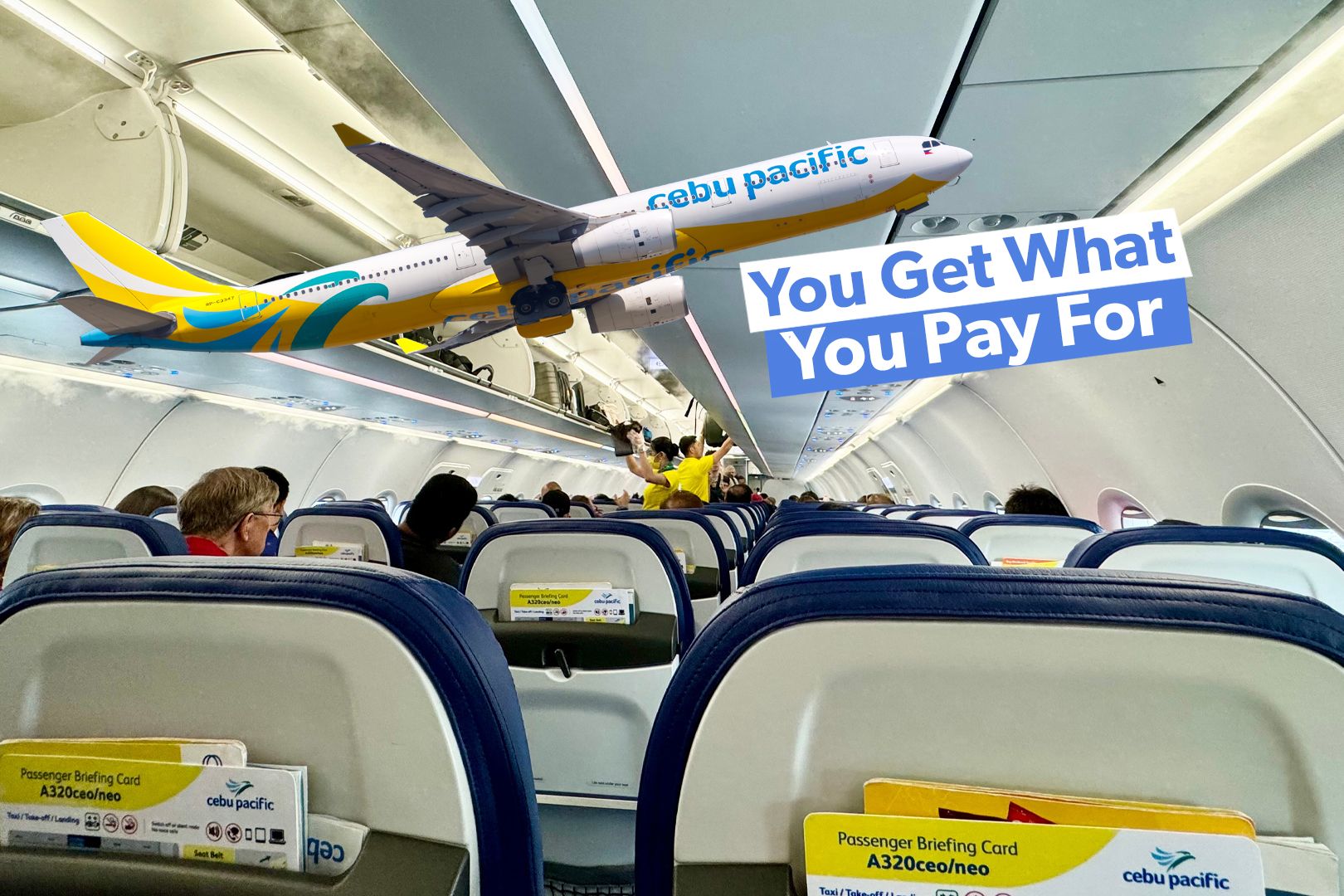
Related
Ancillary Fees At Cebu Pacific: Everything You Need To Know
The Filipino low-cost carrier is rebounding to profitability on the back of a surge in ancillary revenues.
